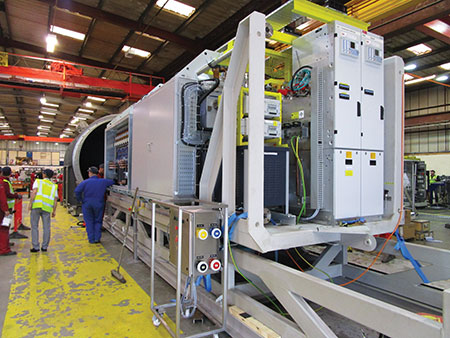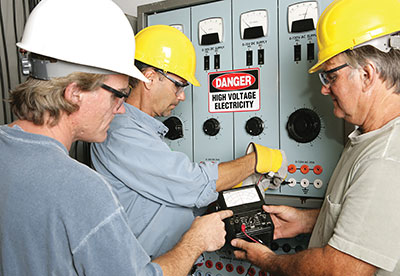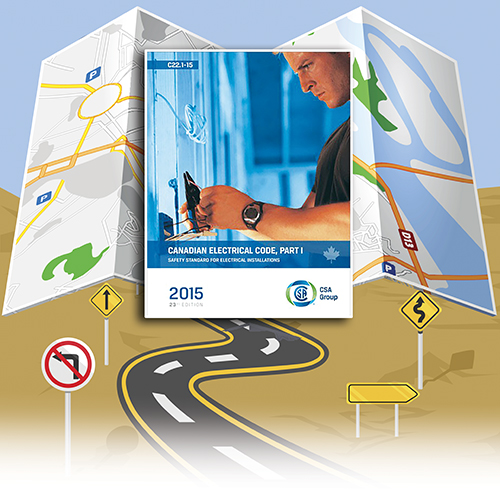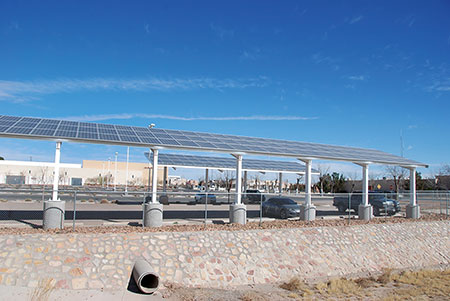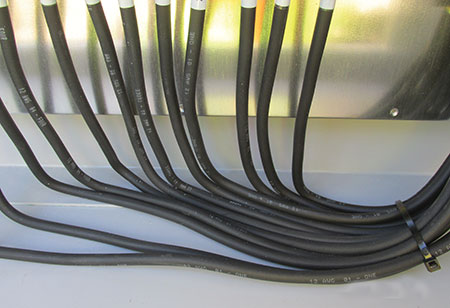Hydrokinetic turbine generation process uses flowing water in the form of ocean tidal energy, river in-stream energy, or ocean current energy to generate electricity.
Working with electrical systems has inherent risks, and working with Renewal Energy (RE) systems is no exception. This article offers a look into the installer’s world of required electrical safety guidelines and procedures.
Perhaps nowhere in the Code is this mystery more prevalent than at 680.26 dealing with equipotential bonding for swimming pools and similar installations.
The Code is a comprehensive document. Sometimes it can seem quite daunting to quickly find the information you need. This series of articles provides a guide to help users find their way through this critical document.
The subject of jurisdictional demarcation between electrical design of installations required to be performed in accordance with the CE Code, Part I and work by power supply authorities (by electric utilities) is a very big (and very touchy) issue.
This article will continue our review of the significant changes in the 2017 NEC that relate to photovoltaic (PV) power systems.
We are contractors. When something is broke, we fix it. It is what we do — and we can fix this with the right amount of effort. I am in. How about you?
This article will focus on the inspection of DC combiners, tracker controllers and other unique and challenging situations utilizing the NEC, UL Standards, and the Building Code.
The lockout operations or safety procedures are precisely and clearly defined operations, the aim of which is always to ensure that situations are, and remain, safe.





